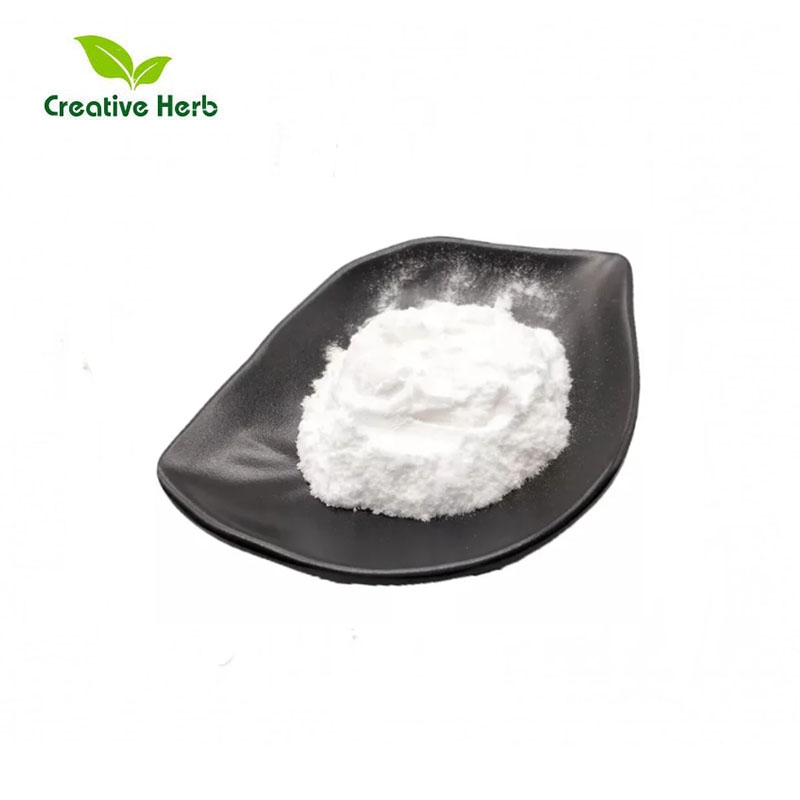-
Categories
-
Pharmaceutical Intermediates
-
Active Pharmaceutical Ingredients
-
Food Additives
- Industrial Coatings
- Agrochemicals
- Dyes and Pigments
- Surfactant
- Flavors and Fragrances
- Chemical Reagents
- Catalyst and Auxiliary
- Natural Products
- Inorganic Chemistry
-
Organic Chemistry
-
Biochemical Engineering
- Analytical Chemistry
-
Cosmetic Ingredient
- Water Treatment Chemical
-
Pharmaceutical Intermediates
Promotion
ECHEMI Mall
Wholesale
Weekly Price
Exhibition
News
-
Trade Service
May 11, 2019n / BIOON / - 100 years ago, the Spanish influenza virus infected one third of the world's population and killed as many as 100 million people The virus continued to evolve, and its offspring triggered all subsequent influenza pandemics, leading to the 1918 influenza pandemic known as the "mother of all influenza pandemics." The U.S military predicts that if a similar influenza virus were to emerge today, 2.8 million people would die in the United States alone, six times as many as in 1918 How can viruses be so deadly? Influenza viruses are tiny particles that can enter the cells of birds or mammals, such as humans Viruses do this because they don't have their own resources and need to steal components and energy from our cells to replicate They also constantly mutate and mix their genetic information to fit our cell image source: http://cn.bing.com to protect us from infection and disease, our immune system can detect influenza viruses and fight back in many ways For example, specialized proteins can find the genetic material of the virus in our cells, and trigger signals to warn neighboring cells of the existence of the virus If necessary, the immune system can even force infected cells to self destruct to prevent the spread of the virus Antibodies can also neutralize viral proteins in the respiratory tract, or "tag" viruses, causing them to be destroyed by special immune cells That's why we use vaccines: to show our immune system the potential viral proteins that could infect in the future, so that our bodies are ready for them Our immune system also plays an important role in the severity of influenza and avian influenza infections Over time, most of the seasonal influenza viruses we encounter have adapted well to our identity as hosts and replicate themselves relatively undetected by our immune system Photo source: http://cn.bing.com but influenza viruses can also "jump" between animals, from birds to humans This means that we may suddenly face a type of influenza, such as H5N1 avian influenza, which we have never seen and which does not adapt to our cells Our immune system will detect these viruses and launch a fierce counterattack, or "cytokine storm." Cytokines are so strong that our lungs are filled with white blood cells, fluids and blood that we are actually drowned We know which viruses and cellular proteins are involved in the destructive reaction But we don't know why it's caused by influenza pandemics and avian influenza viruses In a recent study, researchers looked at how the immune system "feels" when it replicates genetic information about influenza viruses The researchers found that the immune system focuses on tiny "wrong" genetic virus information molecules As a result, our immune system has seen the "garbage" of the virus, and the normal genome of the virus has not been detected Spanish influenza and H5N1 avian influenza produce more defective genomes in human lung cells than in viruses adapted to these cells In addition, when you change the enzyme that replicates the genome of a harmless influenza virus to an enzyme similar to the Spanish influenza virus, the engineered enzyme immediately begins to make more defective molecules and over stimulate the immune response The original enzyme did not cause these reactions Photo source: http://cn.bing.com dangerous influenza viruses can create a molecule that can cause disease when they enter our cells We think it's because they don't have enough time to adapt and they're copying themselves by mistake This view is supported by other recent observations and may be important for diseases caused by other emerging viruses, such as Ebola A century after the Spanish flu pandemic, we are finally able to better understand what makes the flu pandemic and the bird flu virus deadly This will help us find ways to neutralize harmful molecules and prepare for a new influenza pandemic Reference materials: [1] what panel influenza is so deadly – reviewed [2] Hui Li et al Internal genes of a highly pathetic H5N1 influenza virus determine high virtual replication in myeloid cells and severe outcome of infection in mice PLoS pathways Doi: https://doi.org/10.1371/journal.ppat.1006821 [3] the 'being heart' of the flu virus – and why scientists want to commandeer it 【4】Aartjan J W te Velthuis et al Mini viral RNAs act as innate immune agonists during influenza virus infection Nature Microbiology DOI https://doi.org/10.1038/s41564-018-0240-5 【5】 Into the Eye of the Cytokine Storm 【6】 Influenza virus infections in humans (February 2014) 【7】 Antiviral Response in Pandemic Influenza Viruse
【8】 How the Flu Virus Can Change: “Drift” and “Shift”







